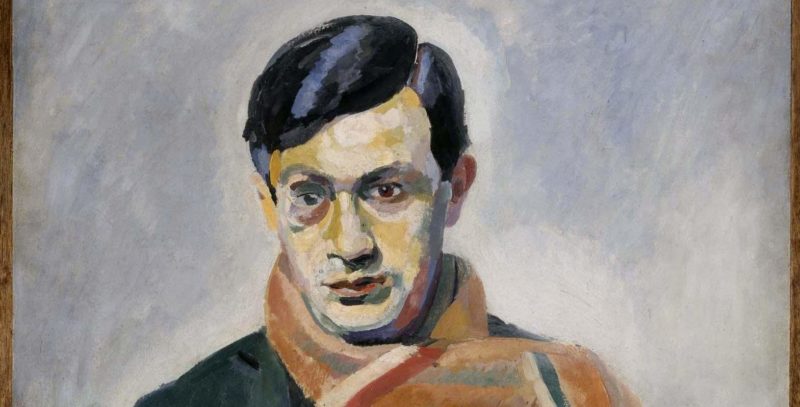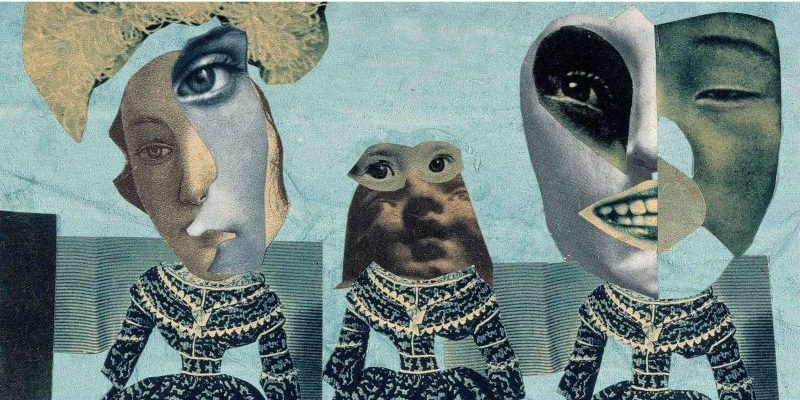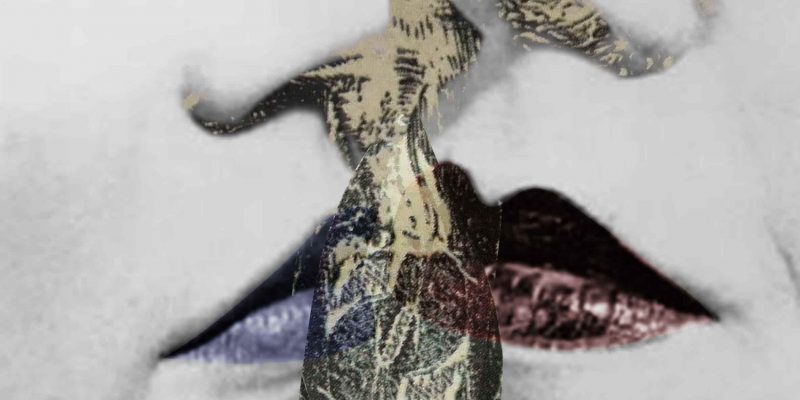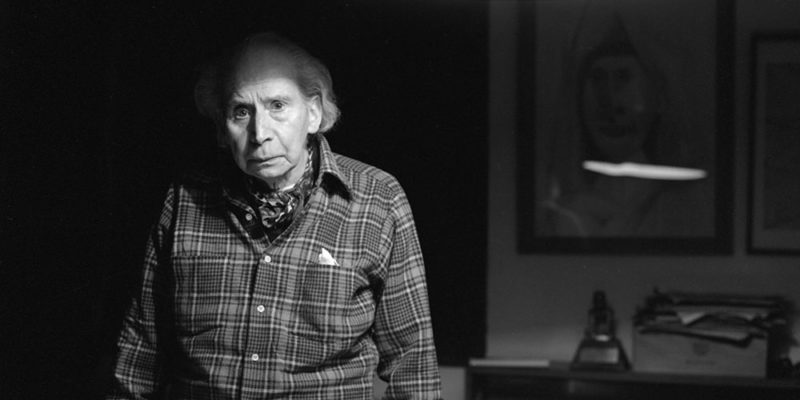We explain what Dadaism is, who founded it and examples of this art. Also, what are its characteristics and disappearance.
What was Dadaism?
Dadaism was called an artistic and cultural movement that emerged in Switzerland in 1916 , which brought together exponents of the different artistic genres (such as painting , literature , music or sculpture ) in a frank opposition to the prevailing Positivism at the time and its concept of reason.
For that, Dadaism embraced the illogical and the absurd as avenues of artistic exploration , disdaining the conventions of the time and coming to pose this search as much more than an artistic trend: as a way of life.
Many of the great Dadaist expressions will later be taken up and rescued by surrealism , a movement that will undertake the exploration of the dreamlike as an escape route from the horrors generated by human reason and by "bourgeois" art.
Dadaism Name
The name of the movement came from the word "dada", onomatopoeia of infantile babbling . This was extremely appropriate for its creators, since it was an absurd and random word, without a concrete meaning, which was due to their interests to break with the rational senses and embrace the illogical, the playful, return to childhood .
Founders of Dadaism

The German writer Hugo Ball (1886-1927) , author of the first Dadaist texts, as well as the Romanian Tristán Tzara (1896-1963), who would become the most emblematic Dada author, are considered founders of the movement . The movement would have arisen at the Cabaret Voltaire in the city of Zurich, Switzerland.
Postulates of Dadaism

The foundations of Dadaism are, essentially, the following:
- Protest against the artistic conventions of the time through humor, irreverence and illogicality.
- Composition of difficult-to- read poems , with illogical words, which often privileged pure sound rather than meaning or the construction of images.
- Valuation of the creative act (in a "pure" state) above the work created.
- Irreverent attitude that tended to doubt, rebellion, destruction or nihilism , the chaotic, the individual and the spontaneous.
- Opposition to the avant-garde and to any systematization of art , as well as to any idea of the eternal and the universal. This has made him consider himself an “anti-art”.
Examples of Dadaism
Dadaism mainly cultivated poetry , sculpture, music and painting. In the first, he promoted irreverent poetic experiences, for example, by Tzara (1924):
Take a newspaper
Take a pair of scissorsChoose from the newspaper an article of the length that you want to give your poem
Cut out the articleCut out each of the words that make up the article carefully and put them in a bag
Shake it gentlyNow take each cut out one after another
Copy carefullyin the order in which they came out of the bag
The poem will look like youAnd you are an infinitely original writer with a bewitching sensibility, although misunderstood by the common people.
Among the genres of sculpture, the famous work of Marcel Duchamp's urinal stands out , "The Fountain", with which he inaugurated the aesthetics of the ready-made (something like "prefabricated").
The Dada movement was also prolific in banners and posters with satirical or provocative interventions , employing photomontages and isolated phrases. They also used to do spontaneous recitals and performances in which the public was challenged or insulted.
Representatives of Dadaism

The main representatives of Dadaism are, apart from the aforementioned Ball and Tzara, the artists Marcel Jank, Jean Arp, Hans Richter, Richard Huelsenbeck , André Bretón, Guillaume Apollinaire, Louis Arangón, Pablo Picasso, Vasili Kandinski, Giuseppe Ungaretti and the famous Marcel Duchamp.
Importance of Dadaism

Dadaism was brief but significant in its desire to erupt and rebel against logic and the established order , paving the way for later movements of irreverence and subversion of reason such as surrealism or Pop Art.
In doing so, in addition, Dadaism brings to art a constant questioning about what is and what is not art , a debate that will be intensified by the later avant-gardes and that will remain a part of contemporary art to this day.
Many contemporary trends close to collage and the mixture of genres are direct heirs of Dadaism.
Differences with surrealism
Dadaism and Surrealism differ, essentially, in that the latter embraced the dreamlike as a way to explore the artistic truths of man , while Dadaism proposed a return to childhood, to babbling and in this way the overcoming of any idea of truth, progress or inquiry.
The Dada movement was anti-artistic, surrealism instead sought to bring art to lesser-known areas of consciousness , such as dreams or the unconscious recently postulated by Freudian psychoanalysis .
Host countries of Dadaism

Dadaism was a vital movement in Germany (especially Berlin), Switzerland, and France , later migrating to the United States (particularly New York).
There are, however, important exponents of Dadaism in Latin American countries , the first being Luis Cardoza and Aragón (from Guatemala ).
Dadaist life
Since Dadaism attacked stipulated art and the very idea of art , it manifested itself more as a way of life than as an aesthetic trend: the Dadaist had to be spiritually rebellious, provocative and disruptive, both socially, politically and politically. even the moral.
Disappearance of Dadaism
The year 1920 is commonly considered as the year that marks the decline of Dadaism and 1922 as the year of its definitive extinction in Europe . In the United States (New York) it was reborn a little later.
The above content published at Collaborative Research Group is for informational and educational purposes only and has been developed by referring reliable sources and recommendations from experts. We do not have any contact with official entities nor do we intend to replace the information that they emit.
Abubakr Conner brings a diverse skill set to our team, and covers everything from analysis to the culture of food and drink. He Believes: "Education is the most powerful weapon that exists to change the world." .
Leave a reply
Your email address will not be published. Required fields are marked *Recent post

Sport: What Is It, Types, Risks, Features, Characteristics and Examples

Dogs: Emergence, Features, Characteristics, Feeding and Breeds

Story: Definition, Elements, Structure, Features and Characteristics

